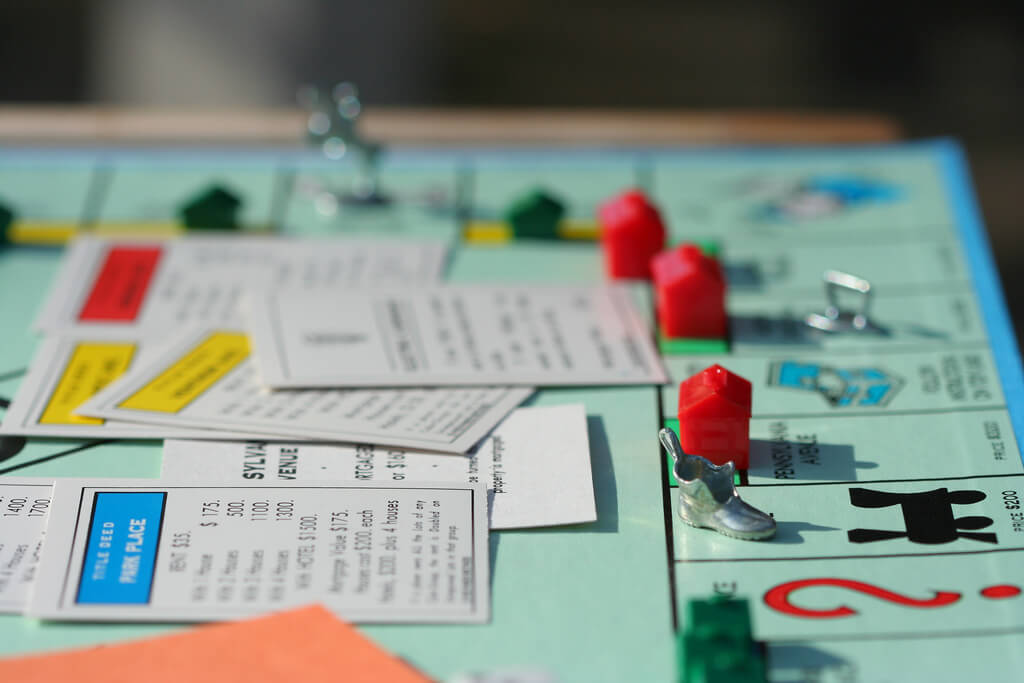This article outlines a few ideas on what properties provide a greater return on investment; the benefit of creating your own ‘return on investment guidelines’, how you can ensure you are always able to pay back an investor.
Sadly, this article is not witty and lacks a significant amount of personally. However I hope you find it informative and it gives you a few ideas to run with.
1. Buy houses NOT flats
My first investments were flats in Coventry.
Once I bought a house I quickly realised:
a) You cannot physically extend a flat and create additional bedrooms/living space.
Creating additional bedrooms/living space allows you to achieve higher rents.
With a house you sometimes have the option to add an extension in the garden; convert the garage; add a staircase to convert the loft; add a side extension.
b) If you own the freehold of a property i.e. a house, you can deal with repairs.
If you own a flat and there is a leak above, you need to get in contact with the owner and ask them to sort it out. If the owner above rents out the property, you can imagine the ball ache involved with tracking them down.
In summary, it is easier and quick to deal with repairs if you own the freehold.
2. Have a guideline to pull all your money out within 2 years
Firstly, let’s make sure we all understand what the above sentence means.
Define ‘pull all your money out’
Let’s break up the sentence.
Money refers to the total amount of cash you spent acquiring a property plus any renovation costs.
Pulling all your money out is when the property has paid you the total amount it cost you to acquire the property in the first place.
There are two ways a property can ‘pay’ you.
- Rental income
- Capital appreciation
Pulling money out through a rental income strategy
For example, I buy a house that costs £90,000. The Acquisition fees are £3000. the renovations are £7000.
I get a 75 per cent loan to value mortgage. Therefore I need to a 25 per cent deposit a.k.a the amount of money I need to acquire the property. Let’s quickly calculate the 25 per cent deposit:
£90,000 x (25/100) = £22,500.
So the amount of money I need for the 25 per cent deposit is £22,500.
Let’s add the acquisition and renovation costs:
£22,500 + £3000 + £7000 = £32,500.
Therefore total amount of cash required to buy the property and renovate is £32,500.
SO, I want to ensure the net profit of this property, over two years is £32,500 or more.
Pulling income out through a remortgaging strategy
If I buy a property at £90,000 but after renovating it is worth £150,000 I may chose to remortgage again at 75 per cent loan to value.
£150,000 x (75/100) = £112,500
This calculation means if I remortgage the property at the new value 75 per cent loan to value, the bank will put £112,500 into my bank account.
However! We need to pay back the original mortgage first…
Original mortgage: £90,000 x (75/100) = £67,500
£112,500 – £67,500 = £45,000
Therefore £45,000 goes into my bank account.
Now, the total amount of money we used to acquire the property and renovate was £32,500.
As you can see, the amount of money the bank have just given me is higher than the £32,500 I used to acquire this property. Therefore I have pulled 100 per cent of my money out PLUS gained an additional £12,500! (£45,000 – £32,500)
Please note: This calculation has been simplified for demonstrative purposes. When you remortgage you need to remember you will incur fees, plus your mortgage payments are likely to increase.
Why 2 years?
There is no wrong or right number of years you should expect to pull your money out. You decide how soon you want your money back out.
Every investor will have their own criteria of what they deem acceptable. For some, they will only do a deal if they can get their money back out in 6 months, others are happy if they get their money out in 5 years.
You have to decide what is right for you.
The guideline I set myself is: aim to pull all the money out within two years.
Although, I should note that I would still do a deal even if it takes me five years to pull my money out. But that deal would be for a property in London with a low rental yield and high appreciation.
Every deal is different. I use my return on investment guideline as a benchmark not a restriction.
3. Have a minimum of two backup plans in case the market crashes
A lot of us investors use other people’s money (OPM) to buy property.
If I buy a property to do up and sell, what happens if the market suddenly crashes and I can’t sell it?
If this is the case you may wish to remortgage, rent out, and wait till the market is in your favour again.
This means you will need to check rental demand and rents in the area before purchasing the property. Do the rental calculations. Does the property still cashflow well? If yes – continue with the purchase. If no – you are taking on a huge risk.
Personally I don’t do deals unless I have at least two exit strategies. I would find that too much of a risk. All my properties are in high rental demand areas from university students and professionals.
Cool. But, if I can’t sell how do I pay back the people who lent me money?
This obstacle stops a lot of people from investing with OPM and instead they wait 10 years, save up for a deposit themselves and then buy their first property. There is nothing wrong with this cautious route.
I however, am impatient. I want to invest in property now. Therefore I need to figure out how I can overcome this obstacle and pay back my investors regardless of what the market is doing.
Here are some of my backup plan ideas to ensure I am ALWAYS able to repay investors on time with the amount of interest agreed. Be aware, each point has its own conditions and will not apply to situation.
- Add value and remortgage property
- Sell property
- Have a guarantor in place
- Equity in other properties I can release through remortgages or selling
- Cash in the bank/personal savings
- Offer to give equity
If you borrow money, make sure you have multiple ways to repay your investors. If you want to know how to find investors click here.
Summary
In summary, a great investment is:
- A property that allows you to extend, add value to and increase your return on investment, either through increasing the rent or increasing the property value.
- A property that allows you to pull all your money out within your specified time frame. Remember to create a guideline for yourself!
- When you have a minimum of two exit strategies for the property






